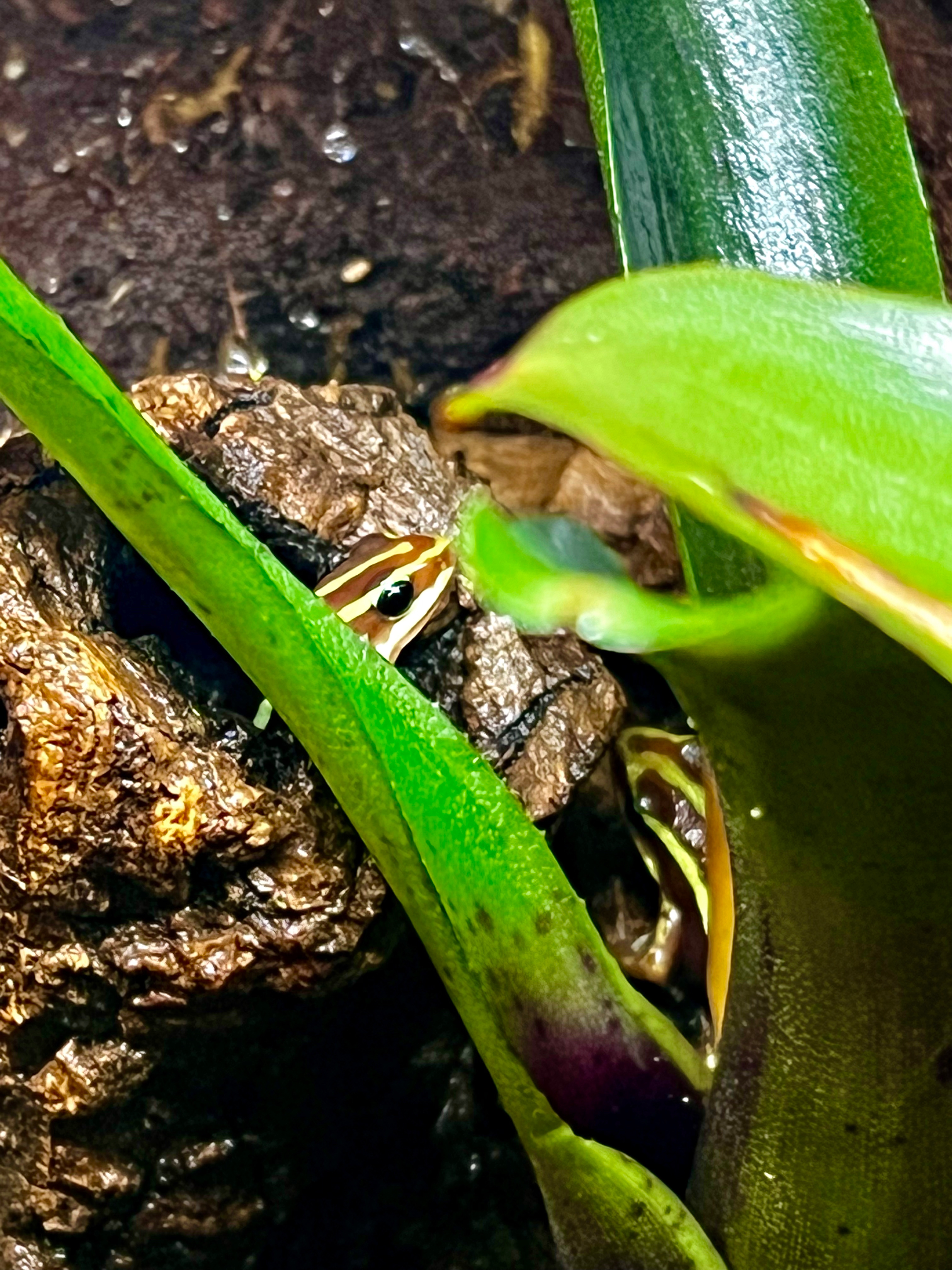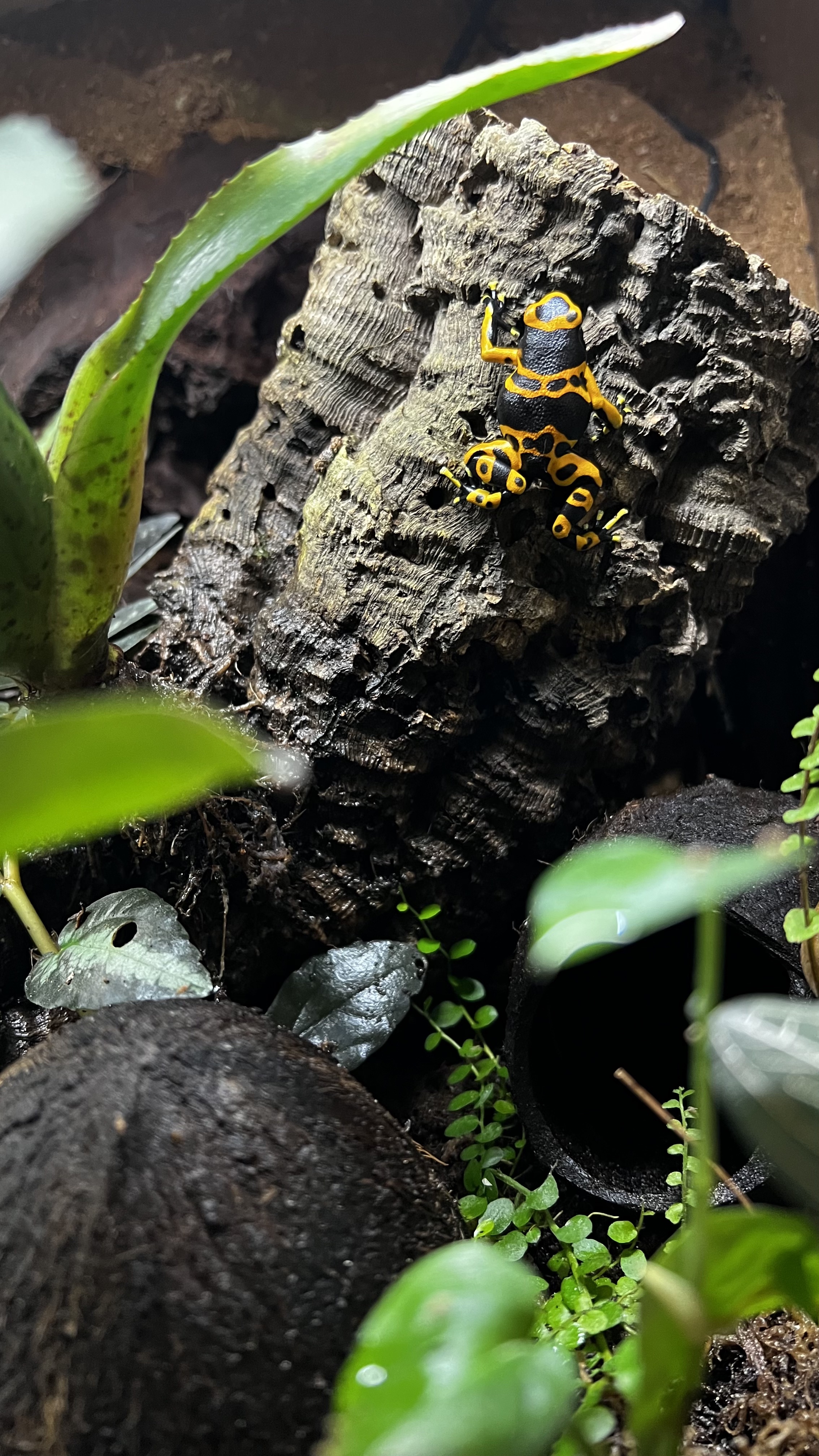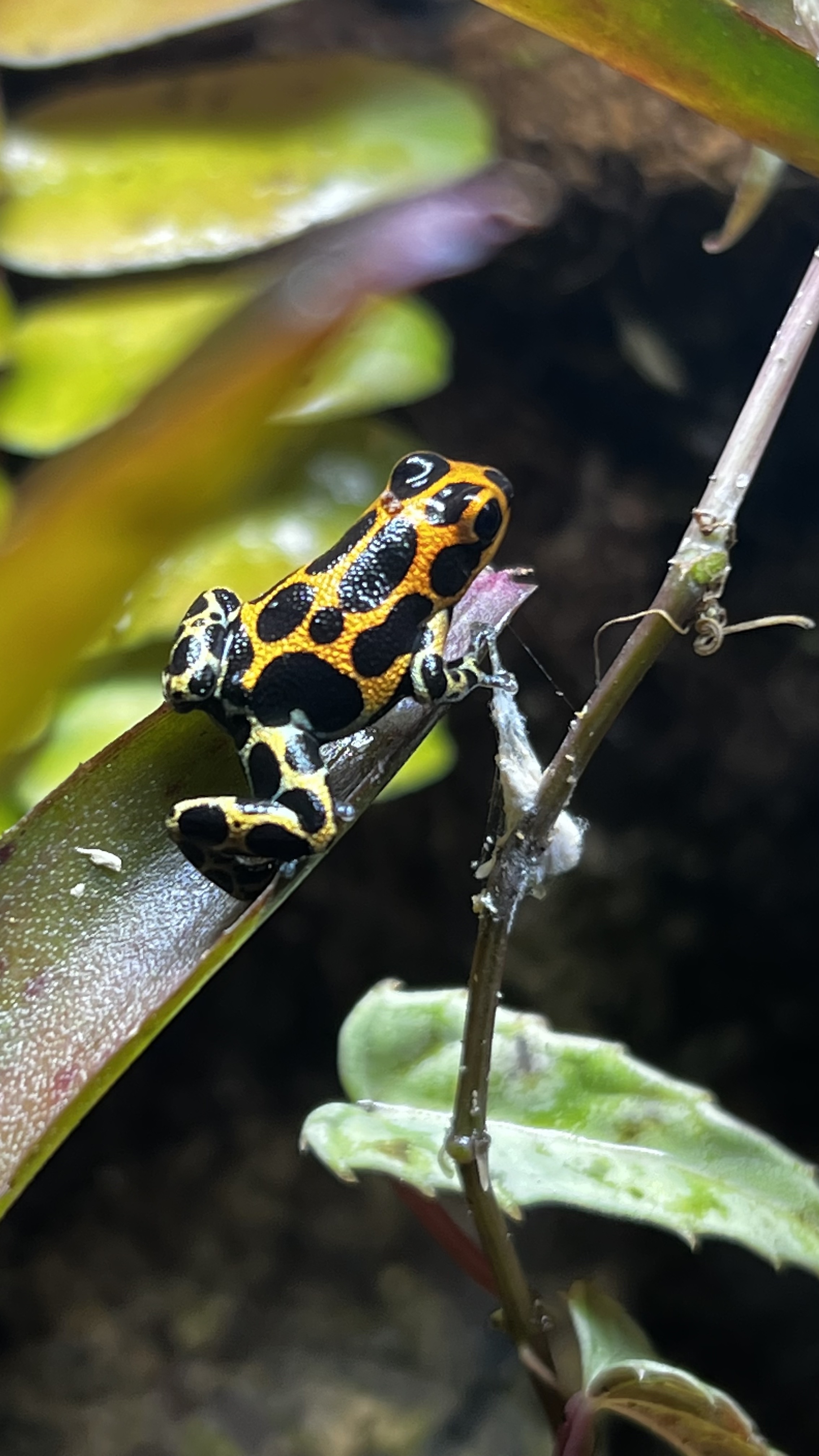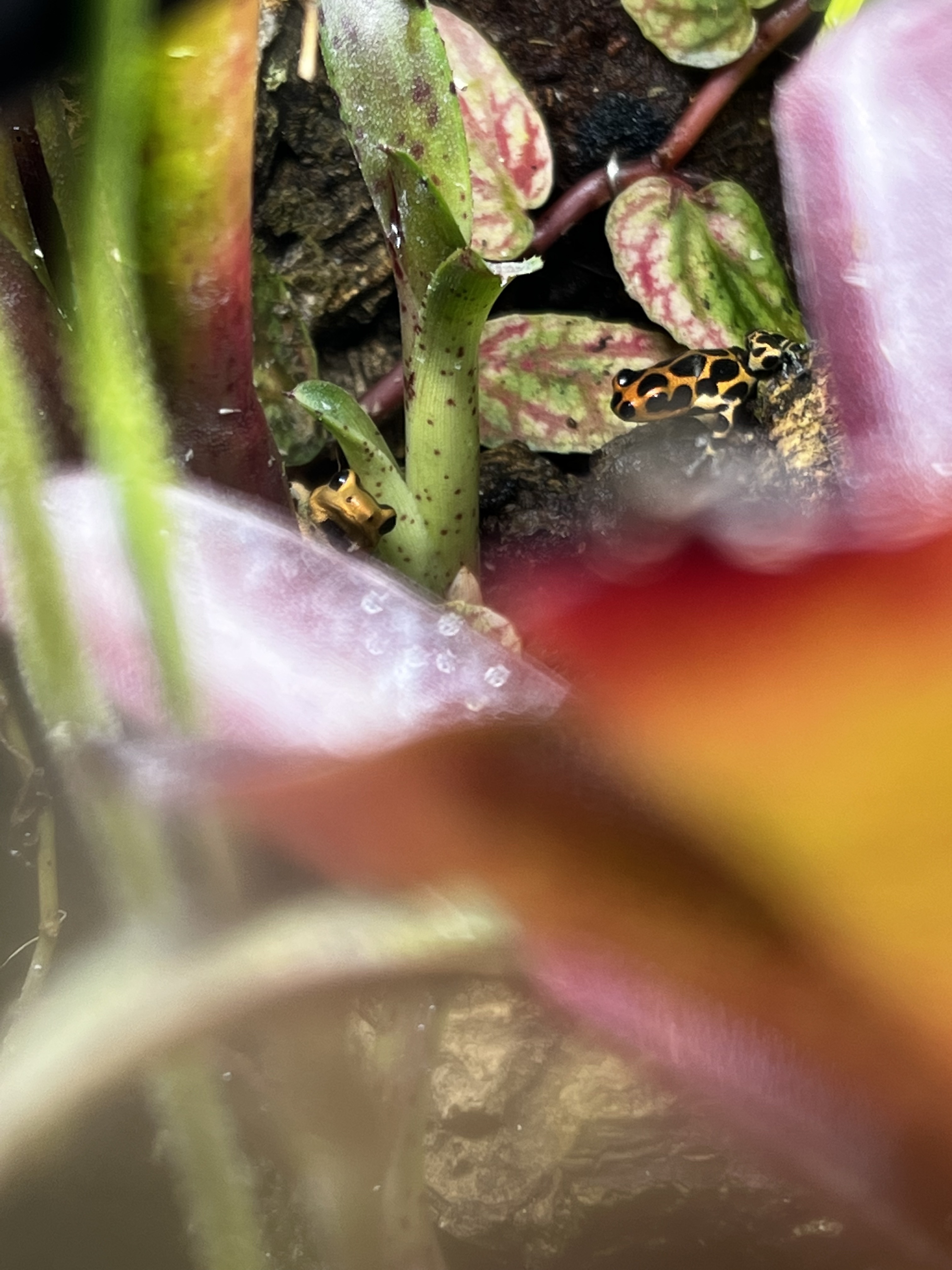Hey friend, how’s it going?
Spring is almost right round the corner and I’m slowly getting out of my annual hibernation. In between production releases at work and seasonal illnesses at home, here I am to give you the scoop of yet another one of my micro obsessions (pun intended). That is, the seven poison dart frogs that inhabit my living room. Ribbit.
Frogs make the best pets
This isn’t the first time I’ve kept frogs as pets, though it’s the first time as an (ir)responsible adult who’s willing and able to invest more into taking care of animals properly. Keeping dart frogs is simple, but initial investment in terrariums and all of the setup needed to turn a glass box into a mini slice of rainforest requires a lot of upfront work.
Dart frogs - dazzling and deadly
Poison dart frogs are a catch all group of around 200 species split into 16 genera, all native to South America. On average, they’re relatively small as far as frogs go, live in tropical rainforests both on the ground as well as the canopy areas, and are also very toxic. How toxic you may ask? The most toxic species, phyllobates terribilis (commonly known as the golden poison frog) has enough poison to kill over 10 humans.
Basically, you eat eat and you die, that’s how toxic they are.
That being said, though, dart frogs secrete their poison through a very complicated chain of synthesis which involves specific bugs in their diet, which in their own term feed on plants containing high amounts of alkaloids.
Keeping them as pets in captivity means they don’t have access to their natural diet, so no poison is ever produced.
Easier to keep than you think
Frogs only require three things - temperature, humidity and food.
The first is easy - they just need room temperature, that’s all. Humidity is more difficult, as levels of over 70% are required to keep them healthy, but that’s easily automated with misters.
Food can get challenging, but basically boils down to having good habits and supervision. Tiny hunters eat tiny prey like fruit flies, springtails and small beetles in captivity. I run several colonies of each on a strict schedule to ensure constant supply of food.
Amphibians don’t need sustenance every day - their metabolism is different than mammals and can slow down depending on their surrounding conditions. One week with little or no food is no problem, so I don’t worry about them during business trips or vacations.
My small collection
I currently have three different groups in my collection - Dendrobates leucomelas (the yellow banded poison dart frog), Epipedobates anthonyi (phantasmal poison dart frog), as well as a trio of Ranitomeya imitator ‘Chazuta’ - they don’t have a common non-scientific name, but since I got them from a pet show in Italy, I just call them Gicci frogs.
Each group is housed in its own vivarium and exhibits very different behavior.
The Anthonys are very skittish and hide most of the time. They’d rarely hang out while I’m in the room, so I try not to disturb them too much. Sources say they will turn bright red and also ease in after an year or so.

Yellow banded ones are now adults and like to mostly chill high in the canopy, occasionally coming down to eat. Both are over 2 years old (side note - this species can live up to 15) and I may or may not have smuggled them on a plane coming back from a business trip in Prague once.


Chazuta trio just turned teenagers and started displaying husbandry last month. There’s a clear pair who’s going through their elaborate courting rituals every day, so fingers crossed they’ll have babies in spring.


Abstract communication
You obviously can’t pet frogs, or play catch with them, or take them out for walks and such. That being said, there’s still communication going on and they appear very smart for their tiny size. For starters, all frogs already learned to recognise me and memorised their feeding schedule. We’d often observe each other through the glass, and they’d come out to watch me while I’m in the room. They’re not too trusting of strangers and would usually hide if I have guests over, then quickly reappear when the coast is clear. They’ve also adapted to my schedule and know when I usually leave for the day. Lights out means they might not find their way to their hideouts, so each group would slowly get ready for bed around 11pm.
Friend, that’d be all for this post. Catch me next time for something more technical and work related. 🐸